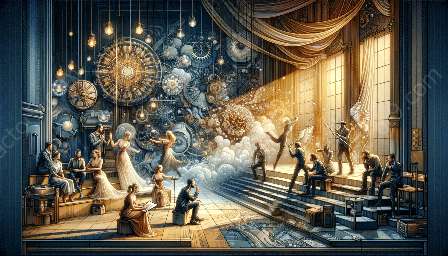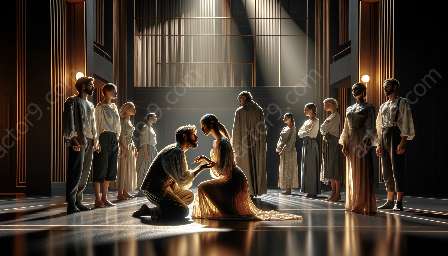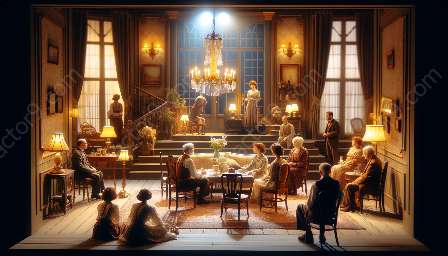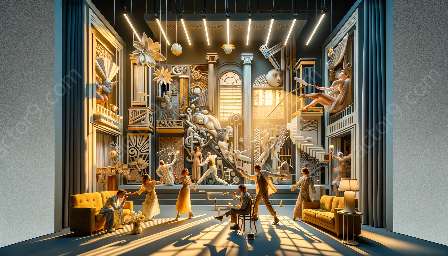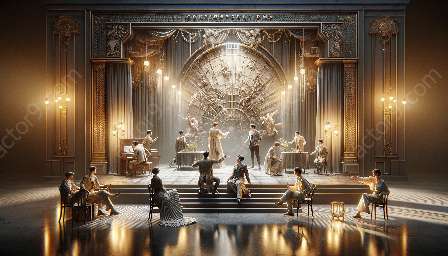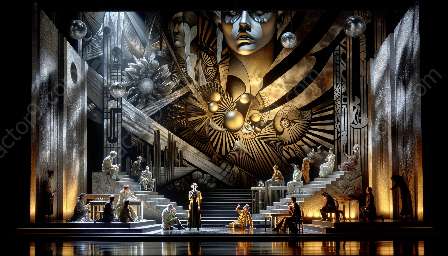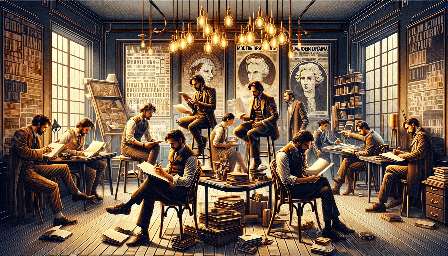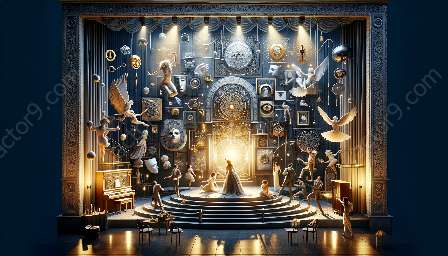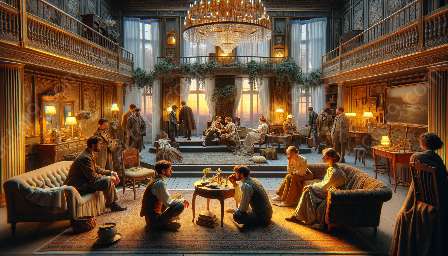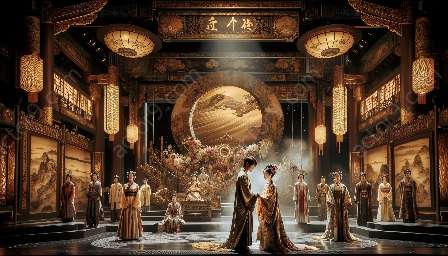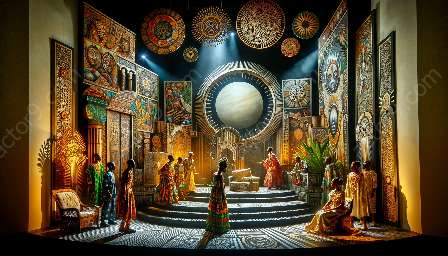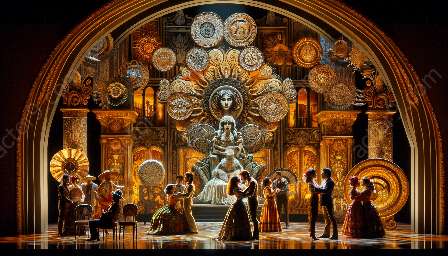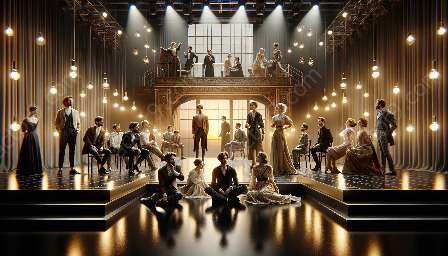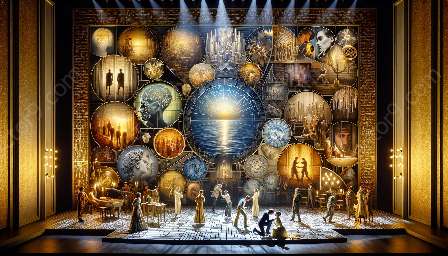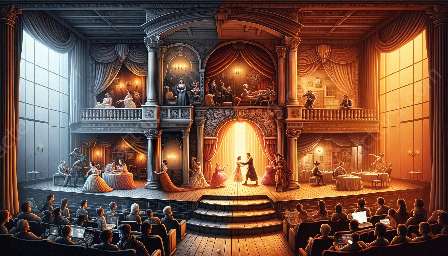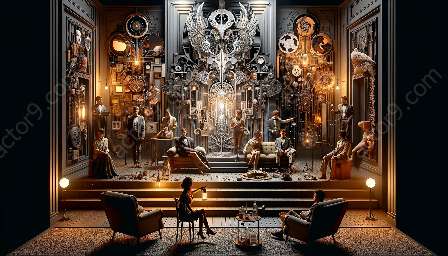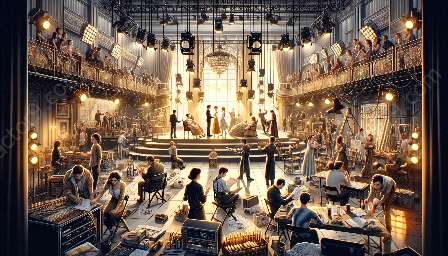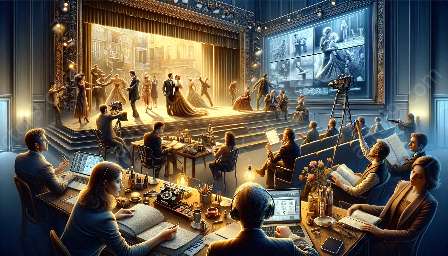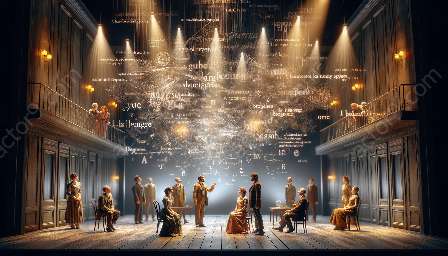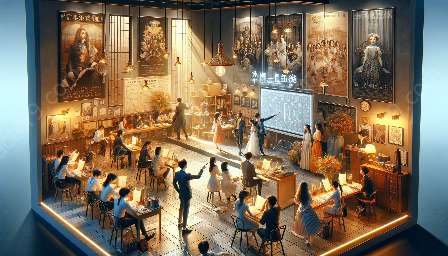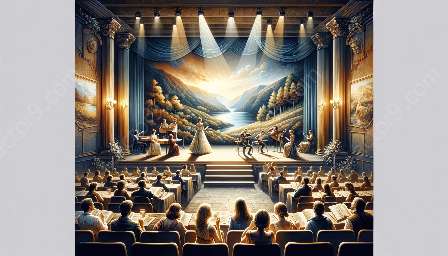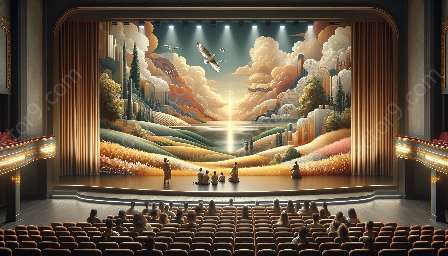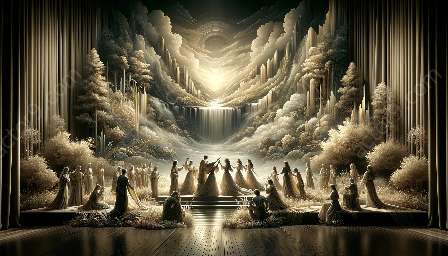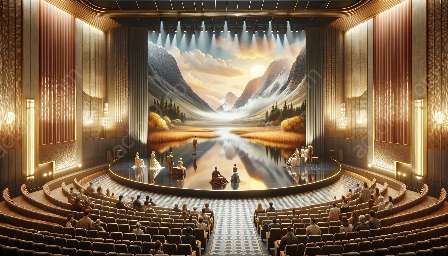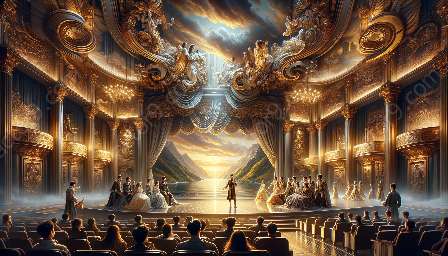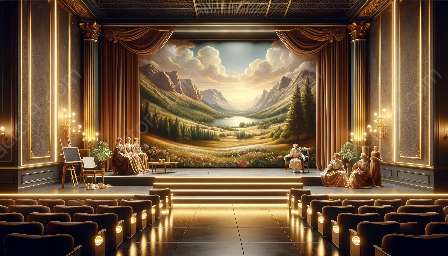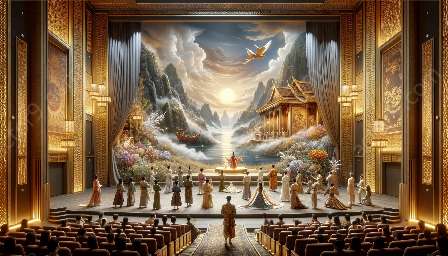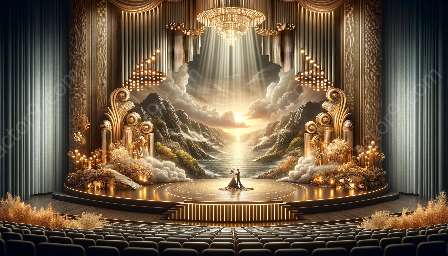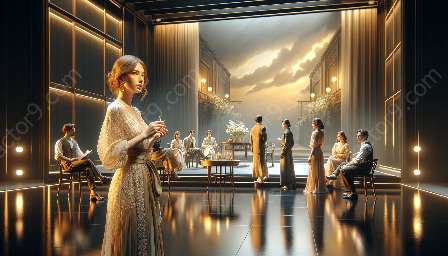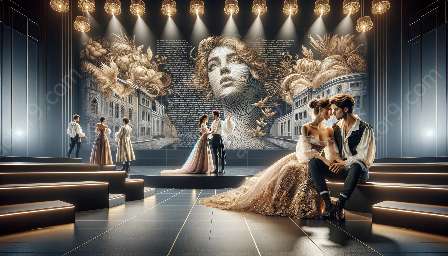Modern drama has seen a significant impact from the integration of multimedia and technology, influencing both the creative process and the presentation of modern plays. This topic cluster aims to explore the profound effects of multimedia and technology on modern drama, and its influence on modern drama playwrights.
Impact of Multimedia and Technology on Modern Drama
Multimedia and technology have revolutionized the way modern drama is conceived, executed, and experienced. The incorporation of audiovisual elements, innovative staging techniques, and digital storytelling has transformed the traditional boundaries of theatrical performance. Modern playwrights have embraced these advancements, integrating multimedia elements into their scripts and leveraging technology to engage audiences in new and immersive ways.
Enhanced Visual and Audio Components
One of the most notable impacts of multimedia and technology on modern drama is the enhancement of visual and audio components. Through the use of projection mapping, LED screens, and advanced sound systems, modern playwrights have been able to create visually stunning and sonically immersive theatrical experiences. These innovative techniques allow for the exploration of intricate stage designs, dynamic lighting effects, and synchronized audio-visual narratives, elevating the overall impact of the performance.
Digital Storytelling and Narrative Techniques
Technology has also facilitated the evolution of digital storytelling and narrative techniques within modern drama. Playwrights are leveraging digital tools to craft complex and multi-layered narratives, integrating digital projections, virtual reality, and interactive media to engage audiences in thought-provoking and immersive storytelling experiences. The use of technology in modern drama has expanded the possibilities of narrative structure and enriched the emotional resonance of theatrical performances.
Interactive and Immersive Productions
With advancements in virtual reality, augmented reality, and interactive technologies, modern drama has evolved to offer interactive and immersive productions. Playwrights are exploring new forms of audience engagement, inviting spectators to participate in the unfolding of the narrative through interactive installations, digital interfaces, and real-time audience interaction. These interactive elements blur the boundaries between performers and audience, creating unique and participatory theatrical experiences.
Accessibility and Global Reach
Technology has played a pivotal role in expanding the accessibility and global reach of modern drama. Livestreaming, digital archives, and online platforms have made it possible for modern plays to reach audiences beyond geographical limitations. This newfound accessibility has allowed modern playwrights to share their works with diverse and international audiences, transcending traditional barriers and fostering cultural exchange.
Influence on Modern Drama Playwrights
The advent of multimedia and technology has significantly influenced modern drama playwrights, reshaping their creative process and opening new avenues for artistic expression. Playwrights are now able to harness a diverse range of multimedia tools and technological resources to enrich their storytelling, challenge conventional theatrical norms, and push the boundaries of dramatic representation.
Technological Experimentation and Innovation
Modern drama playwrights have become avid experimenters and innovators in the realm of technology, embracing the latest advancements to explore new forms of theatrical expression. Through collaboration with digital artists, sound designers, and multimedia specialists, playwrights are engaging in cross-disciplinary collaborations to harness the potential of technology in crafting compelling narratives and immersive theatrical experiences. This spirit of technological experimentation has redefined the creative landscape for modern drama playwrights.
Reflection of Contemporary Society
Multimedia and technology in modern drama serve as reflective mediums through which contemporary societal issues are explored and interrogated. Playwrights are utilizing multimedia elements and technological interventions to address pertinent social, political, and cultural themes, allowing for a nuanced portrayal of the complexities of modern society. The incorporation of technology has enabled modern drama to resonate with current audiences and facilitate critical conversations on pressing societal concerns.
Challenges and Ethical Considerations
While the integration of multimedia and technology in modern drama offers unprecedented creative opportunities, it also raises ethical and practical challenges for playwrights. Issues related to copyright, digital privacy, and the ethical use of technology in performance art emerge as playwrights navigate the intersection of modern drama and multimedia. Furthermore, the dependence on technological elements presents challenges in ensuring seamless integration and technical reliability during live performances.
Future Trajectory of Modern Drama
The trajectory of modern drama is undeniably intertwined with the continued evolution of multimedia and technology. As modern drama playwrights continue to push the boundaries and expand the possibilities of theatrical storytelling, the integration of multimedia and technology is expected to play an increasingly integral role in shaping the future of dramatic arts.
Conclusion
Multimedia and technology have irrevocably transformed modern drama, offering new avenues for innovation, experimentation, and audience engagement. The integration of multimedia and technology has empowered modern drama playwrights to redefine the theatrical landscape, contribute to contemporary discourses, and create immersive experiences that resonate with diverse audiences. As modern drama continues to evolve in the digital age, the symbiotic relationship between multimedia, technology, and dramatic arts will continue to drive creative exploration and redefine the boundaries of theatrical expression.


